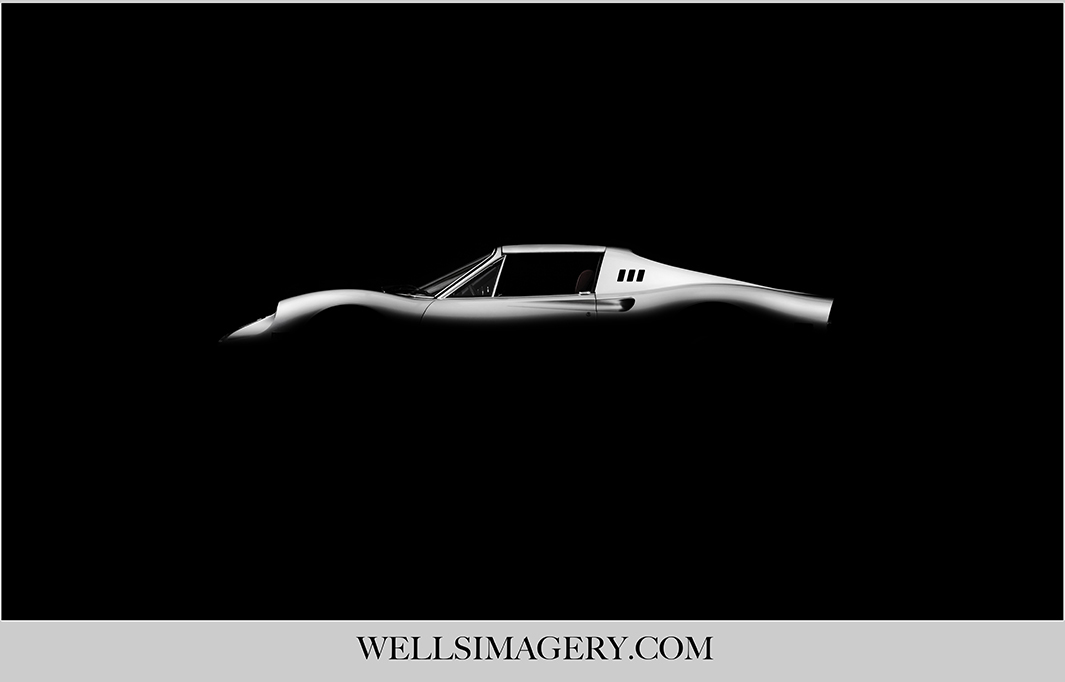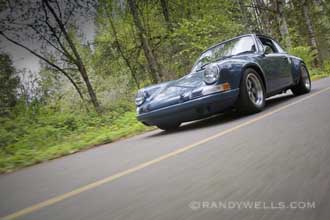DRIVING AND 911 DYNAMICS
If you are a Porsche 911 fan and own one of these cars, you may be itching to make some mods or have already done so. The usual intent is to make the car go or look faster. If it’s go faster you are after, money may be better spent on learning from a professional in a safe environment. As a nationally certified Porsche Club of America driving instructor, I’m lucky to have the opportunity to learn from some of the best drivers in the business, and I continue to do so.
One of the key basic lessons taught is that traction is dependent on weight of the car, where that weight is located, center of gravity, grip (tire size, type and stagger) and the smooth application of steering, throttle and brakes. Being smooth is key and takes seat time to perfect.
With a rear engined sports car like the 911, you will experience understeer in tight corners because these cars are light in the front relative to the back. If you enter a tight corner at speed and not enough weight transfers to the front of the car under braking just before and during initial turn in, you will get understeer. Slowing down for the corner a bit more than you might otherwise will usually remedy this. Another technique that can work to reduce understeer is to carry the last of your braking deep into the corner, then smoothly get off the brakes, look up the road as you turn in, and start to feed in the gas as soon as you feel the car beginning to rotate. Be sure to unwind the steering wheel as soon as possible after passing the corner’s apex, and be ready to make any steering corrections as needed if the car begins to oversteer or correct under acceleration. You can also use trail braking (slowly rolling off the brakes after initial turn in) when you want to “point” the 911, and throttle steering the car isn’t an option.
Trail braking should be used judiciously however, and not as a crutch for braking too late or having the wrong line. Sometimes you just have to go slow to go fast. Mid-speed sweeper understeer can occur in a 911 if you have not “set” the car with a throttle lift or light brake just before entering the turn. The goal here is to throttle steer the back end of the car after getting it to rotate. 911s oversteer under certain conditions, as when braking or lifting off the throttle in the middle of a turn, or when excessive or abrupt throttle is used coming out of a turn. Bumpy, downhill off-camber bends in the wet are not helpful either! A speed sensitive limited slip differential can help somewhat in this regard.
Remember to plan ahead as well as to look ahead as far as you can, and be smooth with all your inputs. Porsche engineered the initial understeer/final oversteer characteristic out of the 911 as much as they could, but it was not possible to eliminate it altogether so be careful. Fortunately, as many of you know, these “unique†characteristics of the 911 can be used to your advantage once you have learned to control them. Have fun, and be safe!

